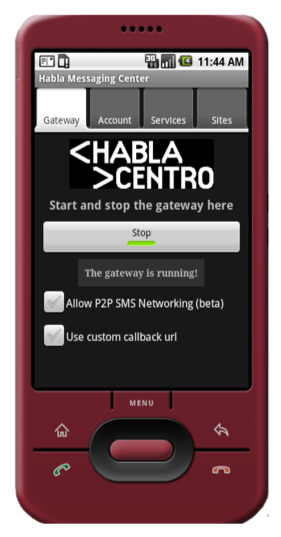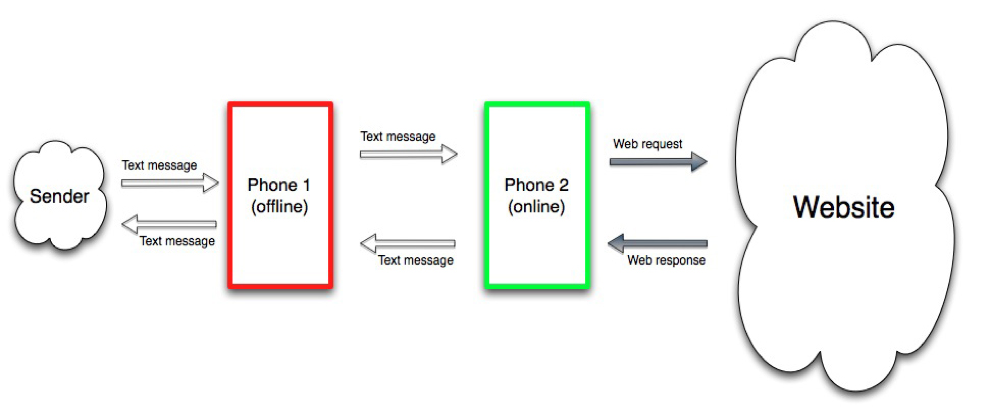Innovation to me is about creating simple, approachable and accessible experiences solving an actualneed of those users. Today innovation is too often however consider as (solely) advances in technology. I think that consistutes a lot of the challenges we now see in the technology industry as it celebrates and glorifies the tool rather than what the tool creates. Think of it this way: We celebrate the beauty of houses built, not the hammers used to build them. Yet we often do the completely opposite for technology, especially for information technology.
I have worked in the high-tech area for my entire career and I am often surprised by the what I consider exaggerated focus on advances in technology. It is very awkward and hard to work this way which one key reason why I have personally never understood this approach. The use cases or needs are then sought after and identified after the fact. If an actual need cannot really be identified, a need is artificially created which then consequently requires a continuously and constantly support to maintain the perception of a need.
I usually bring up a conversation I had early on with my first mentor in web development. I had built a photo gallery which I personally (at the time) thought was great. I proudly showed it to a bunch of my friends explaining all the features I had carefully thought through on my own with out any input from someone else. To my big surprise, they did not understand how to use it or acknowledge what I believed was a very cool gallery. I grew more and more frustrated with explaining how to use the gallery to them.
A bit disappointed and shocked at their reaction, I went to my mentor seeking validation that my frustration was justified and that my friends simply did not get it how cool my solution was. His comment back has been instrumental in shaping why I so strongly believe that addressing the user needs first and foremost without considering anything else is essential to any success.
Me: I cannot understand why they do not like or understand this. Look at all this… (went on to show him all the amazing features I have built)
My mentor (interrupting me as I passionately demonstrate it once more): Did you build this photo gallery considering what a person would do in real life with photos?
Me: No, I think this is a better organized way. Look how you can do this… (started to demonstrate the gallery again)
My mentor (interrupted me again): Did you build this in a better way according to you or according to them? If not for them, would it not be easier to just build it as they currently behave or to design an experience that matches their behavior?
Me (to some extent stunned): Yes, of course. You are right.
Since that day I live by that if a user do not get how to use your solution, you are always to blame. The users are neverto blame. It is a process to fight the urge and I by no means claim I am perfect here. The users must befront and centered in anything we do. Any solution or experience must be designed and implemented so that it seamlessly fits into the social fabric and context of the users.
Again, there is nothing per se wrong with saying that innovation is advances in technology yet it very easily implies that technology is more important or valued than the experience or even more concerning less important or valued than addressing the actual needs of the end users. To me that is the absolute key – addressing the needs of the end users.
We too often measure the appeal, success, and progressiveness of companies today predominantly on their perceived and/or actual advances in technology. However, we should rather measure them on the extent in which they more easily and simplistically address the end user needs considering onlythe users. I fully understand and appreciate the intrinsic tension with the business perspective yet it is important to never lose track of the ultimate driver for any business – its users and how you address their needs.
Ultimately, to me, this has eroded the word (and concept of) innovation making it meaningless or the very least highly misleading. I personally believe we have forgotten the true purpose of what we as technologists and/or business people do which is to address and help our users.
A very dear friend of mine once told me that the main issue with journalism today is that we have at best strayed away or at worst forgotten that the core concept of journalism is to be the servants of their communities. I think the case is very similar in the field of technology where we as technologists have forgotten that the tool itself is meaningless or the very least negligible compared to what it can create.
There are so many issues with focusing on the tool first and foremost. One of them being is that you forget that most tools have a dual nature to them – there is a good use and there is a bad use to them. A hammer can both be used to create a house and harm someone. A gun can be used to protect or feed a family, or it can be used to harm someone. Crowd sourcing can be used to support women who do not have a market for their garments or to identify protestors in a crowd fighting for democracy in their country. Is the tool really to blame in these examples or should we focus on something else?I have intentionally included the more provoking examples here and do not intend to make a statement in any of these examples either way, but simply illustrating the tool itself is not merely the problem, but the usage of the tool is.
We celebrate the tool for good outcomes, yetmore or less always blame the tool when it used for bad outcomes even when considering the exact same tool. The tool is but only a tool. It would be easier for us all if we were just to admit that.
I mentor a lot of entrepreneurs and early stage startups, and I always ask them to read “The Mystery of Capital: Why Capitalism Triumphs in the West and Fails Everywhere Else” by Hernando de Soto Polar. It is one of the most consequential books to me and I consider it a must read for anyone claiming to work in or with innovation or entrepreneurship. One key take-away is that it serves as a reminder that regardless of where a business is located, the core of the business and more importantly the success thereof, will always depend on how it addresses its users’ needs. The further we get away from having to address those for our own survival we tend to proportionally forget that is the driver.
In this age of constant discussions about KPIs, revenue projections, hype of new technology or belief that new artificial intelligence or machine learning tools will solve all our worries, it is easy to lose track of this core driver. Advances in technology and performance mechanics are all important to a business yet not as important as to understanding and solving for the actual needs of its users.
That is why I think it is time for us to reclaim innovation to be first and foremost about advancing how we address actual user needs, not the advances in technology itself. As the same dear friend I mentioned earlier told me when I mentioned this post to her: Tell them that technology are made of people!
I could not agree more. Personally as a technologist from the beginning, I think it is important that the people making technology also always remember that they are building it for people, not for themselves.
Lets us reclaim innovation to be about people, not things. I think that will solve a lot.

